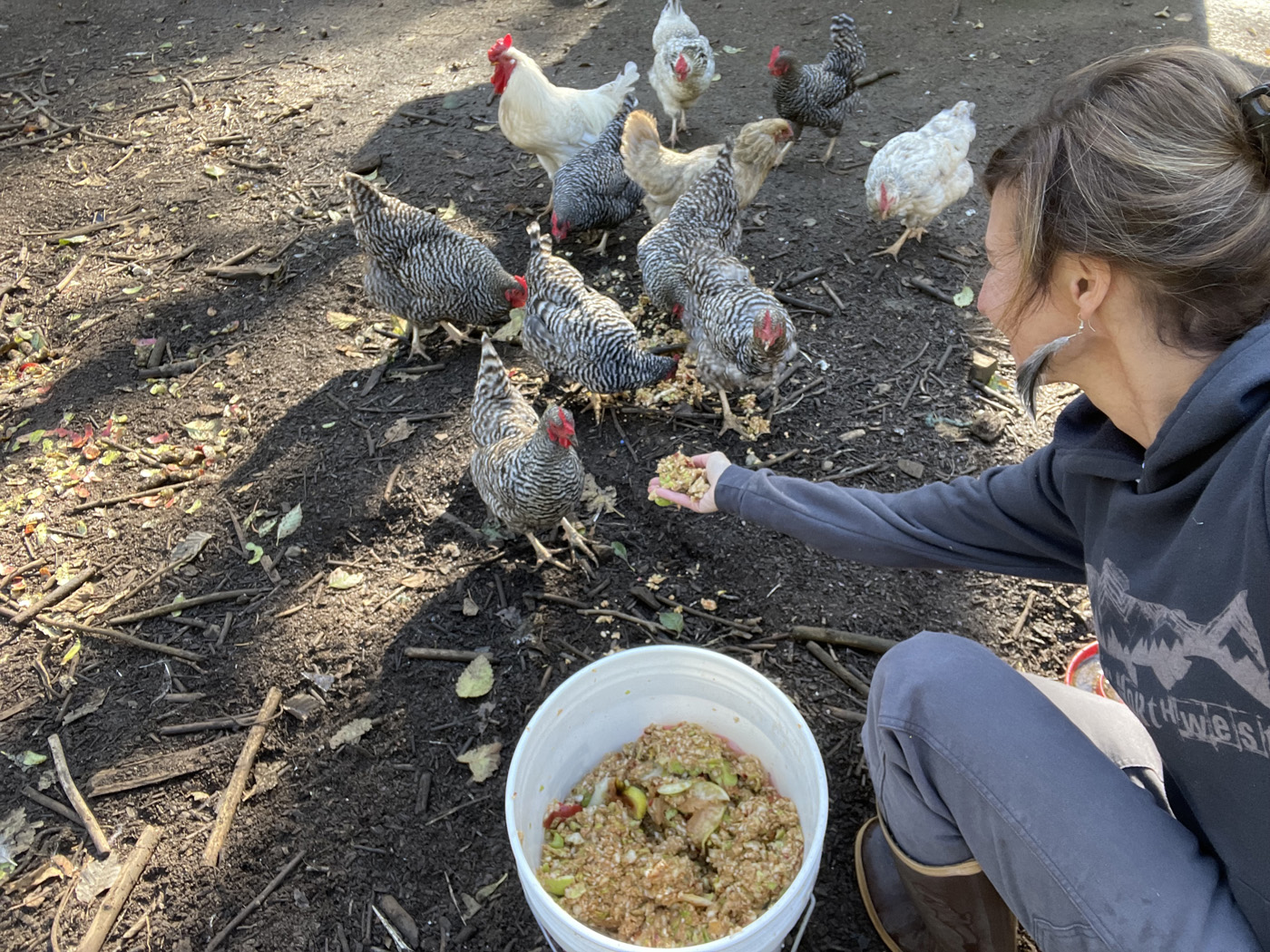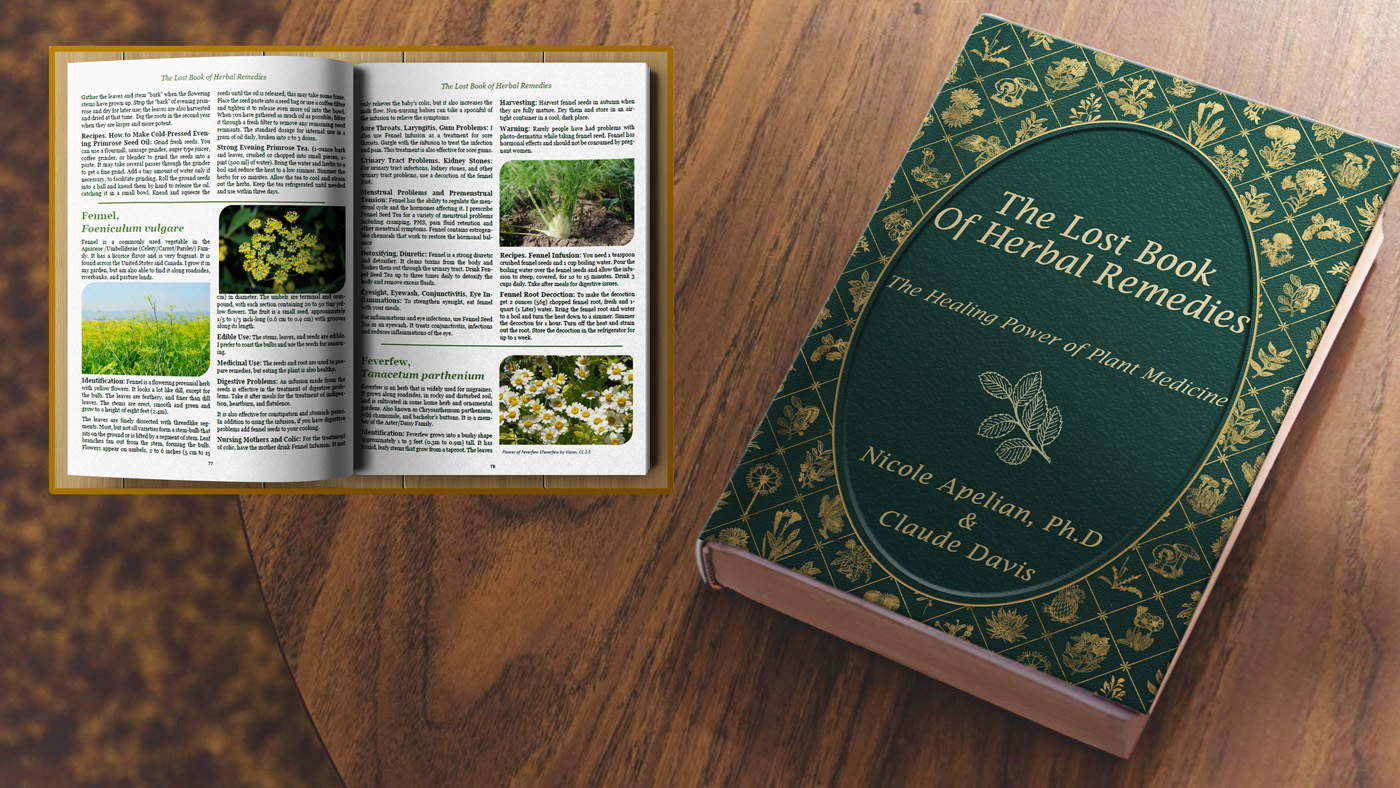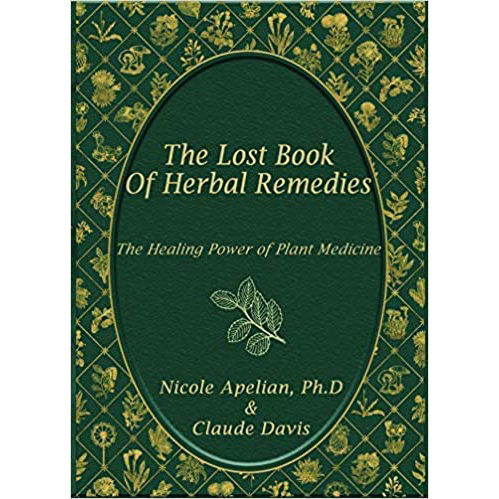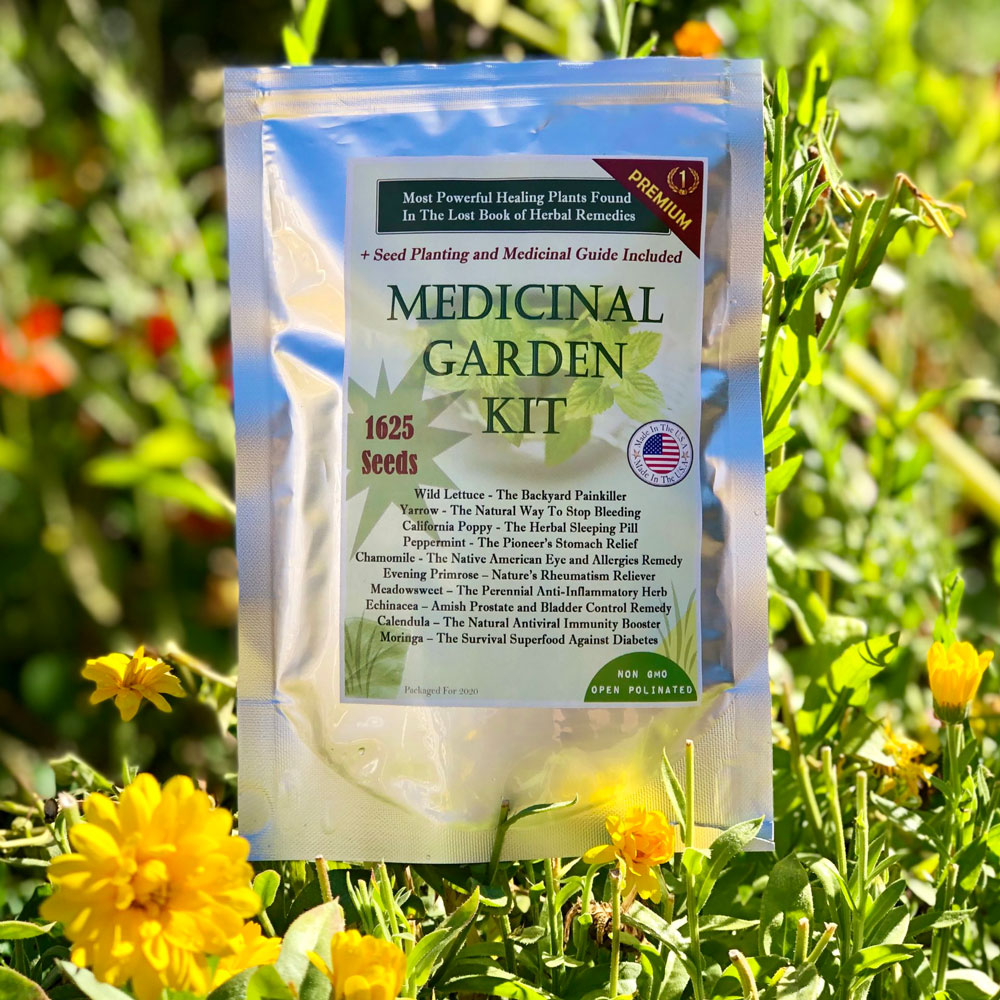Getting Back to the Land — With a Twist
Usually when we think about homesteading, visions of the pioneer days come to mind with families struggling against the elements to carve out a small piece of land for themselves. Survival was at the foremost of their minds. It wasn’t always an easy life. But over the last 50 years, there has been a renewed interest in a simpler, “getting back to the land” kind of life — otherwise known as modern homesteading. The best part is that it doesn’t require a several hundred acre investment out in the country. We can adopt the spirit of homesteading on our apartment balcony, the backyard, or a small plot of land.
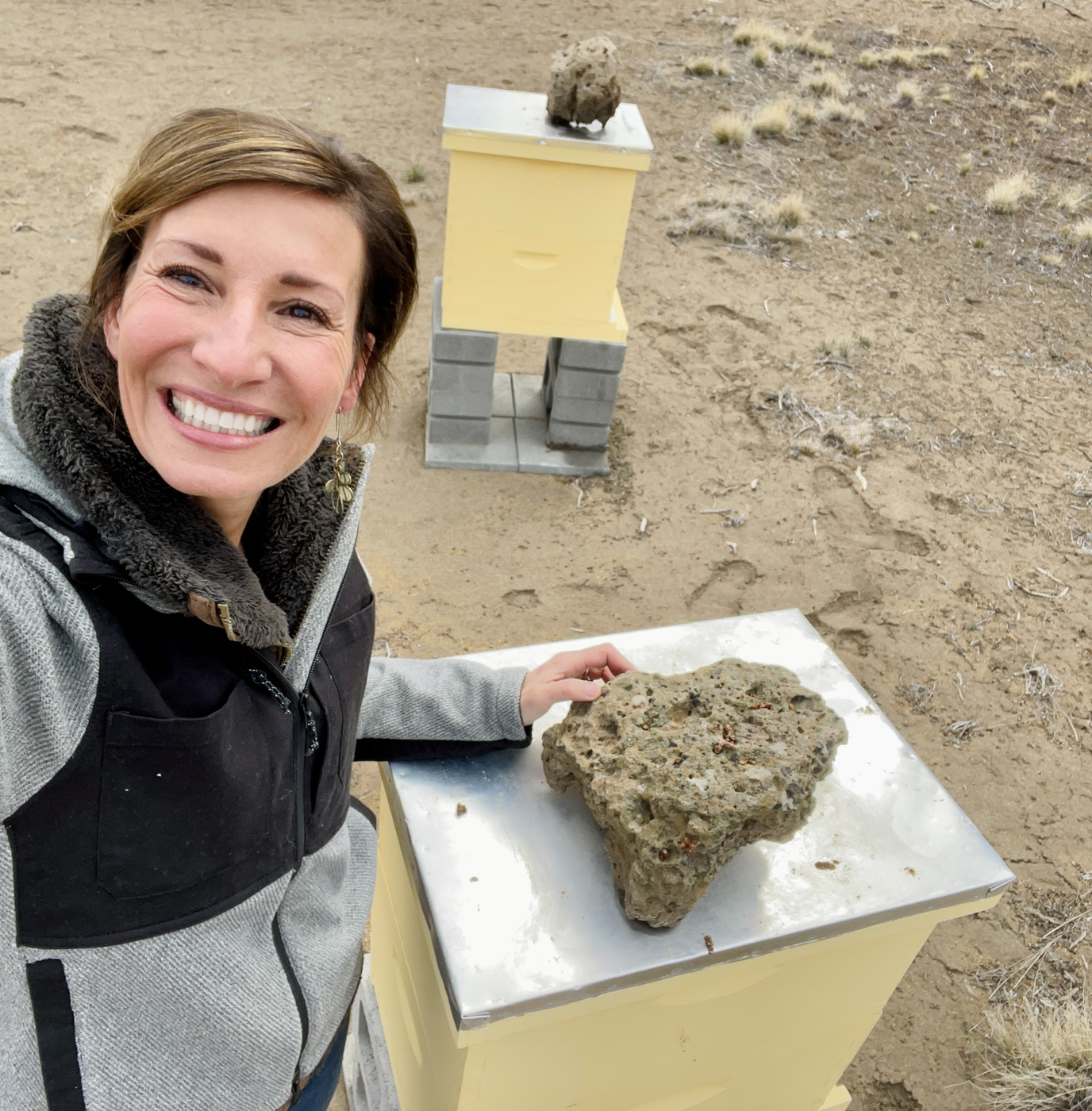
Raising Chickens, Ducks, and Bees
Many urban areas now allow homeowners to raise animals in their yards like chicken, ducks, and rabbits for eggs and food. Small-scale beekeeping is also trending (hooray!). One of the aspects I really enjoy about raising chickens is the quality of the eggs — they come in beautiful shades of pale blue, tan, and creamy white. The yolks are a deep orange color and the eggs have a wonderfully rich taste. I also have bee hives so we have a bounty of fresh honey. If you would like to learn more about raising bees and animals for your homestead, see the resource section down below.
Organic gardening, Growing Natural Medicine, and You
Growing your own food is one of the hallmarks of a modern homestead. It can be as large or small as your space allows. Even a balcony off your apartment is enough to grow a vertical garden and culinary/medicinal herbs. There are many different techniques for high-yield produce gardens. See my post “Organic Gardening 101: 3 Methods for Cultivating a Bountiful Harvest” for tips on how to get started. You can also read about my ten favorite herbs for starting your own backyard pharmacy here. Each is included in my Medicinal Seed Garden Kit.
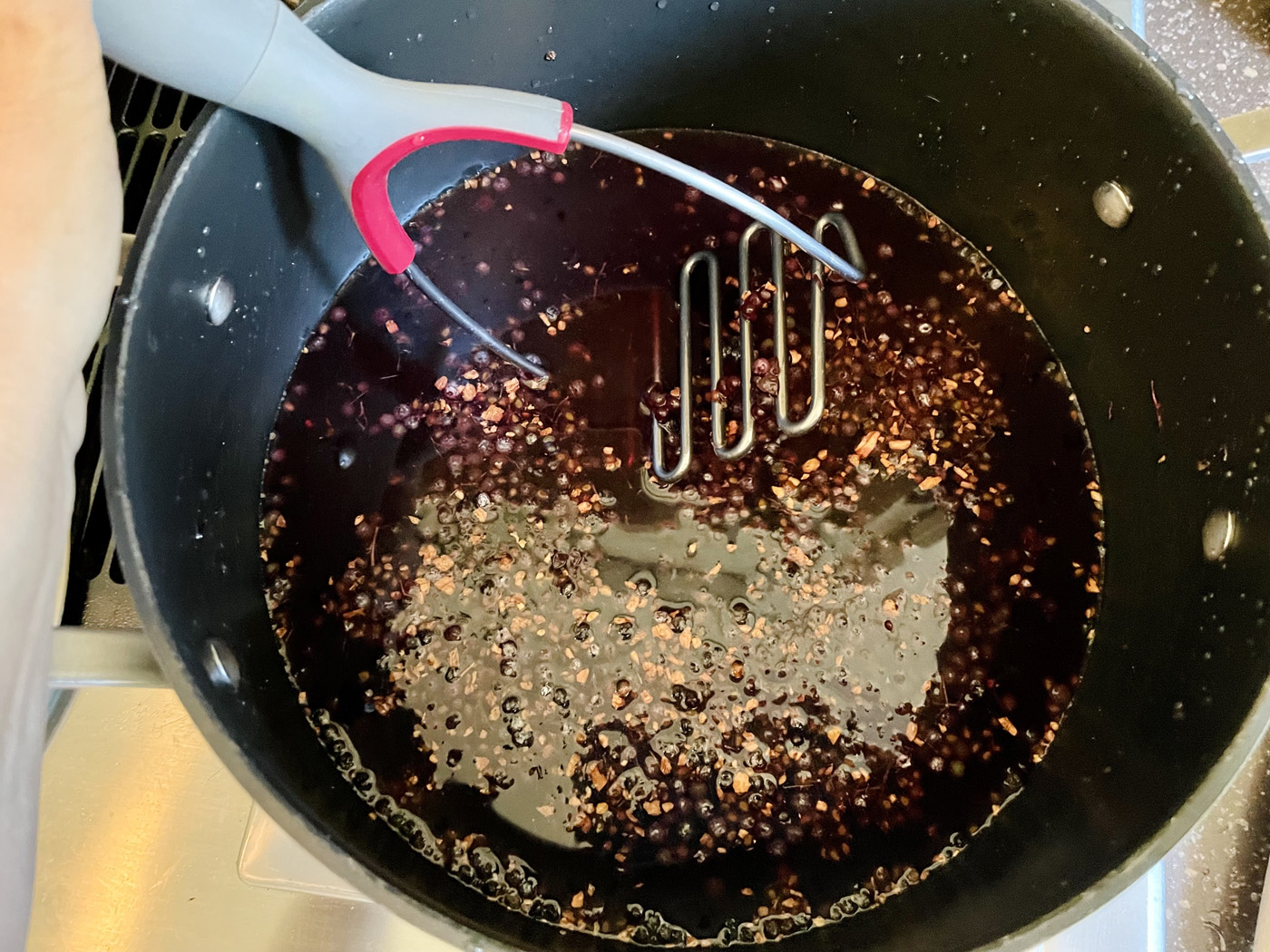
Canning and Preserving
Many of you most likely have memories of your grandmother spending days in the kitchen canning and preserving an abundance of produce from the garden. While it may seem like a mystery to some why anyone would want to do this when you can just zip down to the local supermarket, it’s an excellent skill to have to reduce your grocery bill and avoid food shortages.
I also classify making elderberry syrup under this category. Every year when the berries ripen, I cook the berries into a syrup and bottle it for my full-year supply. For those who are short on time (or elderberries!) a convenient, ready-made tincture is available in my apothecary. It is one of my top herbal remedies to keep on hand during the cold and influenza season.
Preservation is also important for homegrown medicinal herbs. I dry bunches of herbs for later use as decoctions and teas. Likewise, the bounty from my backyard herbal garden makes its way into potent tinctures, salves, and oil infusions. The sky’s the limit! For a detailed guide on medicinal herbs and plants — and how to preserve them — The Lost Book of Herbal Remedies is an excellent resource. Here is an excerpt on how to make your own tincture:
Basic Tincture Recipe. To make a tincture you will need some sort of consumable alcohol that is at least 80 proof (40% alcohol). Vodka is the preferred alcohol to use, because it has no flavor, but rum, gin, brandy, and whiskey work as well. You can also use apple cider vinegar or food grade vegetable glycerin, although these often don’t work as well for many herbs and they don’t last as long.
- Fill a glass jar 1/3 to 1/2 full of the dried herbs you are using for your tincture, but don’t pack it down (amount of the herb used depends on the surface area and extractability of the herb). You can also use fresh herbs – use 2x the amount of dried herbs. Fill the jar with the alcohol, leaving 1⁄2 inch (1.25 cm) of headspace. Stir well.
- Close the lid on the jar, label and date, and store in a cool, dry place. Tinctures can take anywhere from 4 weeks up to 6 months to fully extract, depending on the herbs you are using. 2 months works well for most herbs. Shake the jar once a day if possible.
- Once your tincture is complete, usually around 8 weeks, strain out the herbs and rebottle the finished product. The alcohol renders it very shelf-stable and tinctures can last up to 7 years. Many people put tinctures in dropper bottles for ease of use, but any small glass bottle will work. 1⁄2 to 1 teaspoon is a normal dose for adults. For children dosage is about 1/4 to 1/3 of the adult dose, depending on weight.
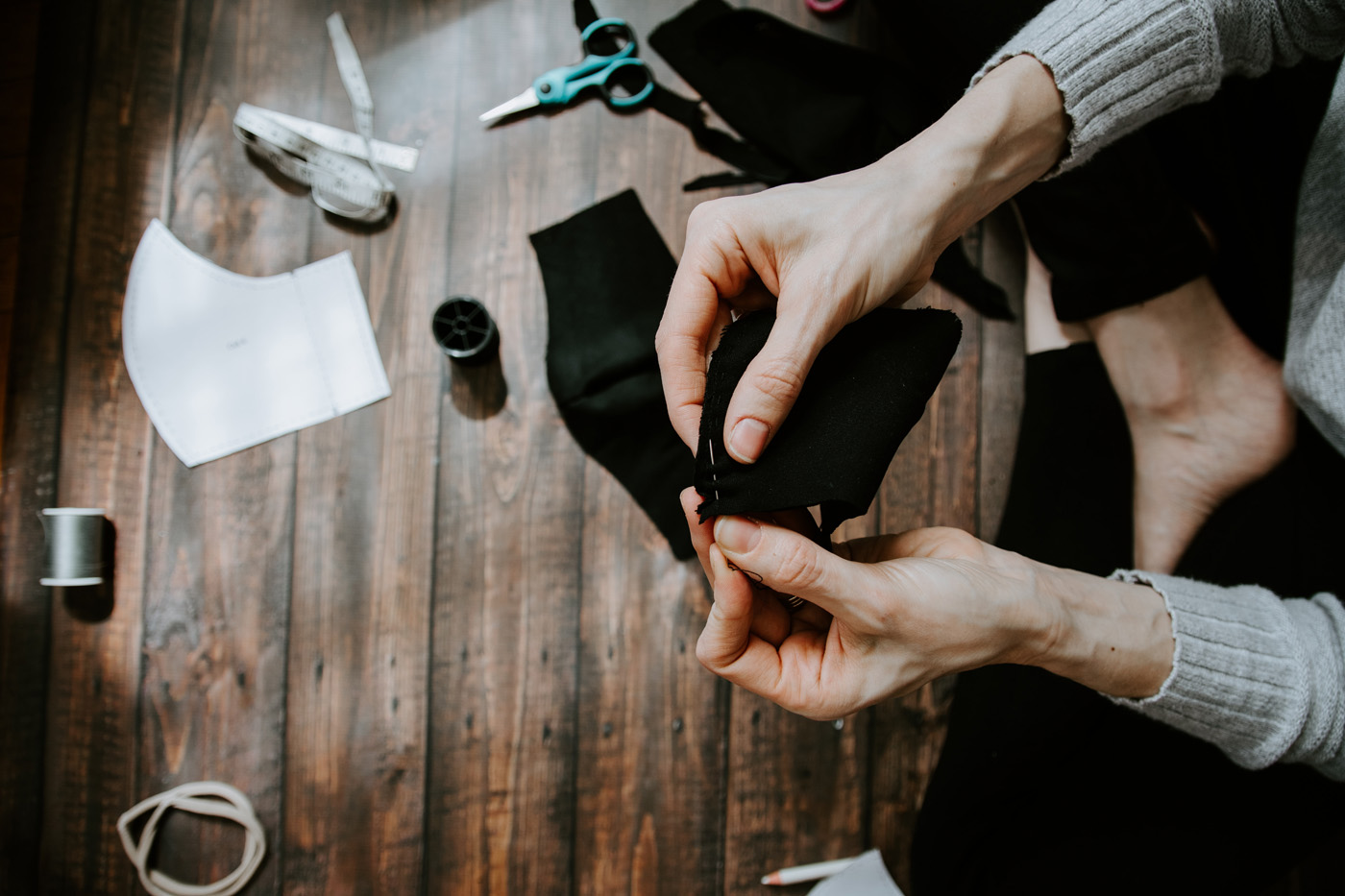
DIY Clothing, Mending, Fixing
One important aspect of homesteading is a do-it-yourself kind of attitude. The idea here is to go back to the simpler mindset of our grandparents with fixing things instead of succumbing to our toss away culture. Not only will this save you money, it will make you more self-sufficient and sustainable. It’s an opportunity to learn new skills like sewing, darning, and patching torn knees on your kiddos jeans. It also includes appliance, bicycle, vehicle, and home repairs. These skills used to be common knowledge and were passed down from generation to generation, but have been all but lost for the average person today. Luckily, you can learn just about anything for free via YouTube or different homesteading blogs and websites. See below!
Where to Begin?
Are you ready to jump into creating your own modern homestead? Here are a few resources to get you started!
Nicole Apelian

